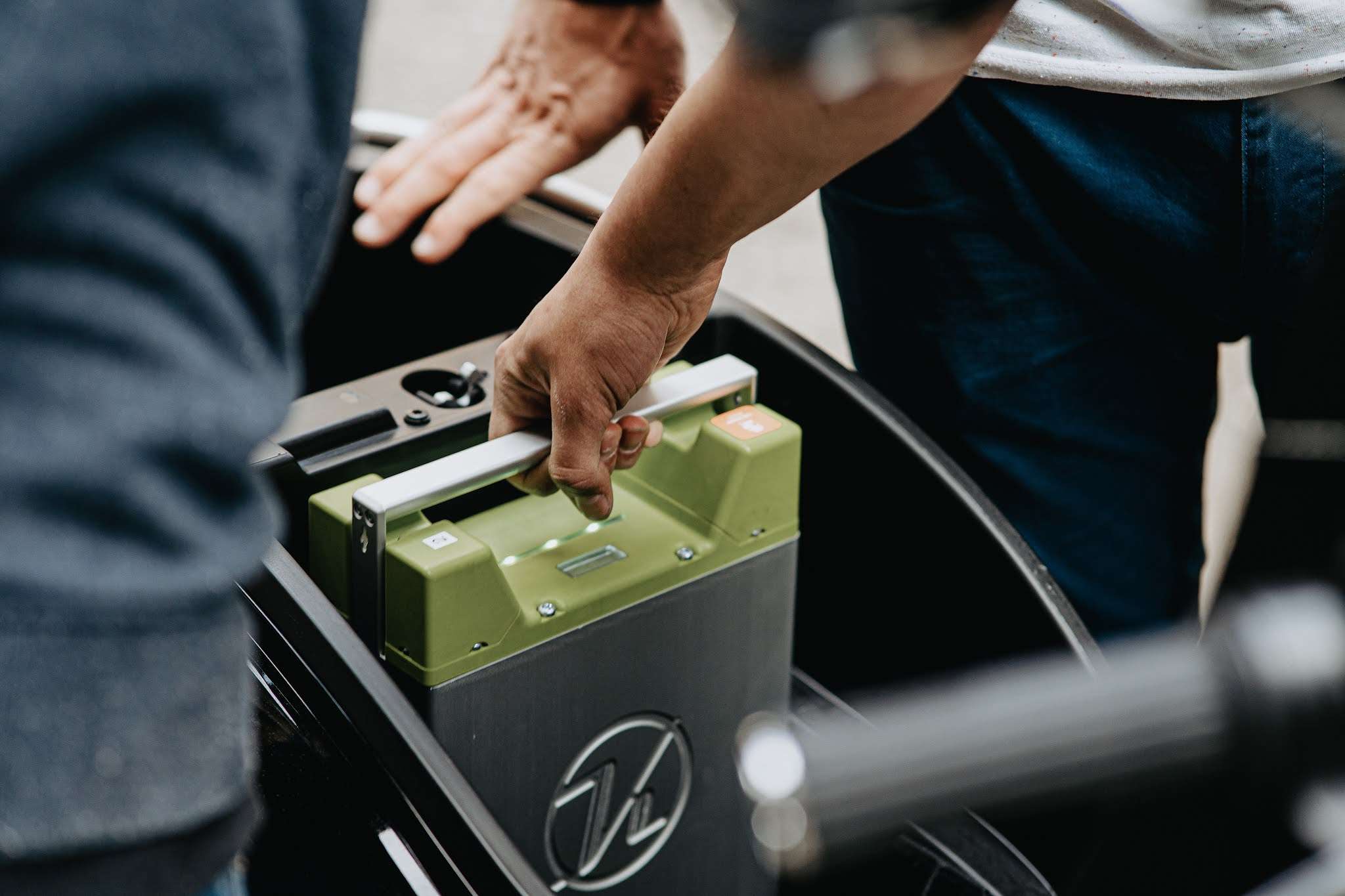What Type of Battery Is In an Electric Car?
Electric car batteries are rechargeable batteries. The most common battery type in modern electric vehicles is lithium-ion, nickel-metal hydride, and lead-acid.
Types of batteries used in electric cars:
The lead-acid battery has plates made of lead and sulfuric acid. This type of battery is very cheap to make but it needs regular maintenance to keep it running smoothly. The second type is the nickel-metal hydride (NiMH) which uses hydrogen as its reactant, making it more efficient than lead-acid batteries. These types of batteries can be recharged with solar energy or other forms of alternative energy. The third type is lithium-ion which uses a combination of nickel, cobalt, and lithium metal for its electrodes.
While all these three types are good at holding a charge for a long time, there are certain disadvantages too like the heavyweight and limited range on some models due to the low charge capacity of the battery pack (which holds both the main charge storage unit as well as some smaller cells).
Most used electric car batteries:
- Lead-acid: This is the oldest type of battery and was first used in a car by Thomas Edison’s company, but it is now outdated and considered dangerous because it has a high failure rate.
- Lithium-ion: The most popular type of battery for electric cars today due to its high energy density, low cost, and fast charging speed compared to other types of batteries on the market today. Its energy density is approximately equal to that of gasoline which makes it more efficient than lead-acid or nickel-metal hydride batteries.
- Nickel-metal hydride: It uses nickel as its anode material and hydrogen gas as its cathode material to produce electricity through an electrolysis reaction. Its efficiency is lower than that of lithium-ion batteries, but it can be charged at room temperature which makes it suitable for long trips where the temperature does not go above 40 degrees Celsius.



